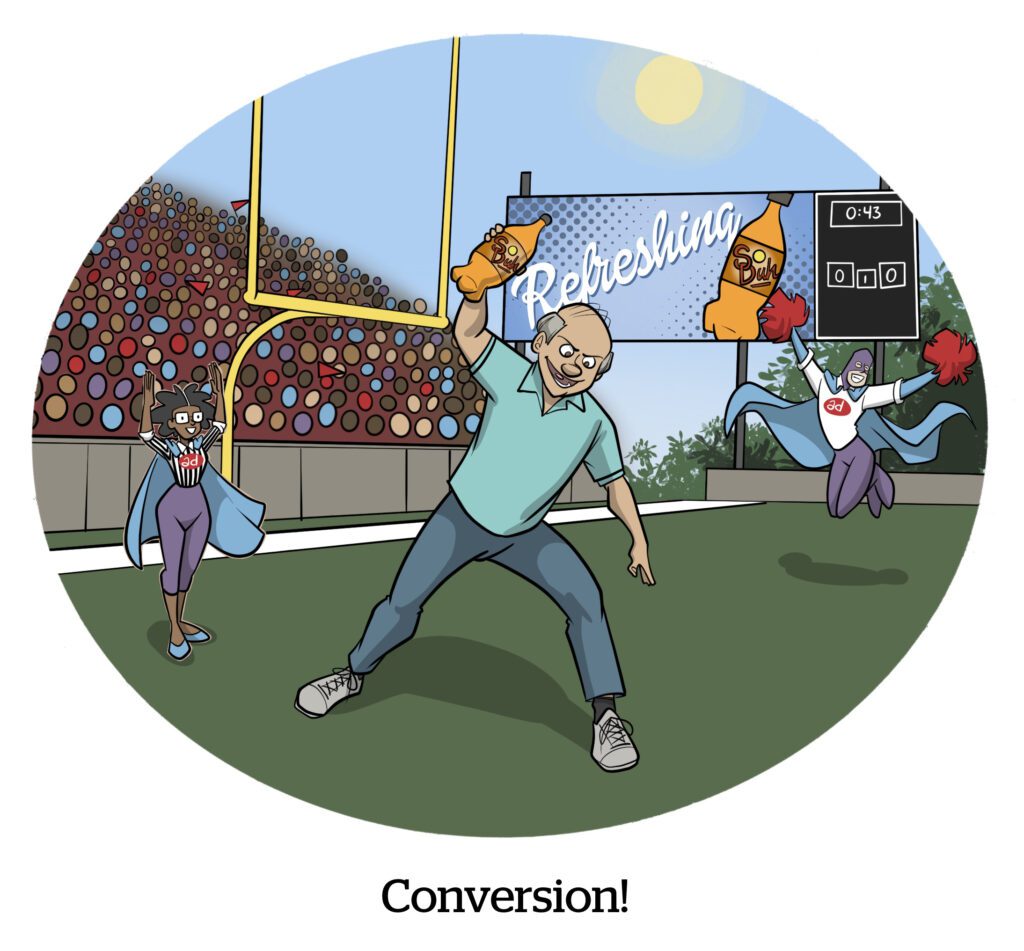Call Yahoo one of the converted.
On Monday, Yahoo DSP launched a new Conversions API (CAPI) product, following in the footsteps of Meta and other platforms, such as Snap, TikTok and Pinterest, with their own CAPI tools.
“We decided to jump on the trend,” Gio Gardelli, Yahoo’s VP of DSP data products, told AdExchanger.
Over the past year, Yahoo noticed a “big step up” in how advertisers, particularly commerce advertisers, began structuring their data for the purpose of activating audience segments, Gardelli said.
For example, many advertisers use a customer data platform (CDP) or data collaboration vendor to help structure data for use in many ways across multiple different platforms. Yahoo’s CAPI will begin with LiveRamp as a built-in integration so advertisers using LiveRamp’s CDP service or its RampID for their own identity data set can also begin using the Yahoo CAPI “like flipping a switch,” Gardelli said.
But there’s more driving the CAPI trend than brand marketers in-housing data capabilities and adopting API integrations, he said.
Retail advertisers who sell products and services at physical stores need to connect their business priorities, including foot traffic, store sales or loyalty program registrations, most of which happen in the real world as opposed to on the web.
“Ultimately, they’re mostly interested in understanding the impact of online spend on real-world activities,” Gardelli said.
Always be converting
A CAPI product can light up certain inventory or whole media channels that previously weren’t being credited accurately or at all because they didn’t drive direct sales.
Programmatic audio and CTV ads, for instance, particularly benefit from a CAPI-based measurement method, Gardelli said.
For one, both channels tend to have high rates of registered or logged-in users. But audio and CTV are also disadvantaged by attribution methodologies that value last touch or direct action. People don’t typically click on ads in the podcast they’re listening to or buy products straight from a CTV ad or via a QR code.
With a CAPI in place, though, CTV and audio publishers can shine, Gardelli said.
“Not because they technically perform better,” he said, “but because now we’re able to measure the performance.”
But what if third-party cookies remain the identity glue of the web, rather than giving way to alternative identity providers like Yahoo with its ConnectID and LiveRamp with RampID?
Google Chrome’s reversal will probably dampen advertiser investments in post-cookie identity tech, Gardelli acknowledged, at least in the short term. But there’s still urgency and awareness behind the issues of fragmented supply and a lack of visibility for online ads.
“As the DSP, it’s our duty to invest in new technologies, even if they’re risky and even if they might not scale or get to fruition,” he said of Yahoo’s experience with the Chrome Privacy Sandbox (which has a “PAAPI” but no CAPI).
And unlike the APIs in the Chrome Privacy Sandbox, Gardelli said, CAPI products have materialized and are already gaining adoption.
Yet it’s also not a coincidence that the large ad platforms pioneering the CAPI trend, like Meta and now Yahoo, are also media owners themselves with something to prove.
According to Gardelli, when advertisers use Yahoo’s CAPI, the number of attributable conversions in cookieless web browsers like Safari and Mozilla goes up by between 30% and 50%. That’s based on Yahoo’s tests of the product so far with 10 pilot advertisers.
But publishers, including Yahoo itself, stand to benefit from CAPI products at least as much as advertisers.
“We see publishers that have more logged-in users stealing budgets from publishers that don’t,” Gardelli said. “The boost in their performance comes from their inventory becoming more measurable.”















